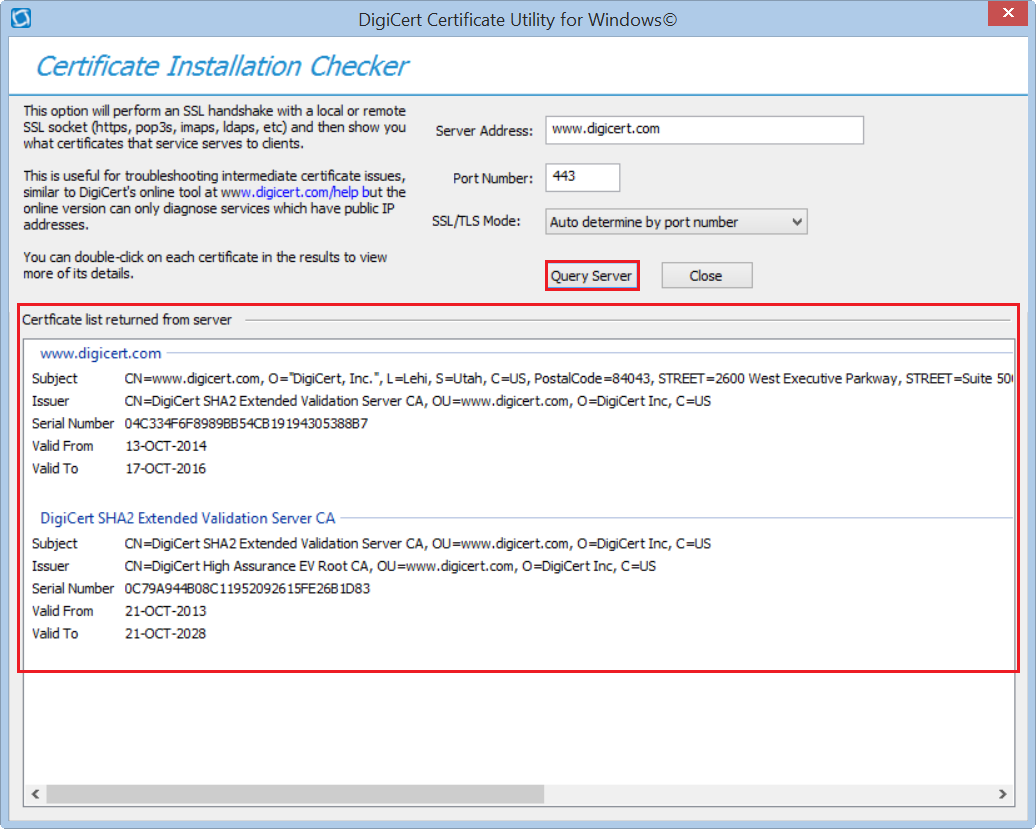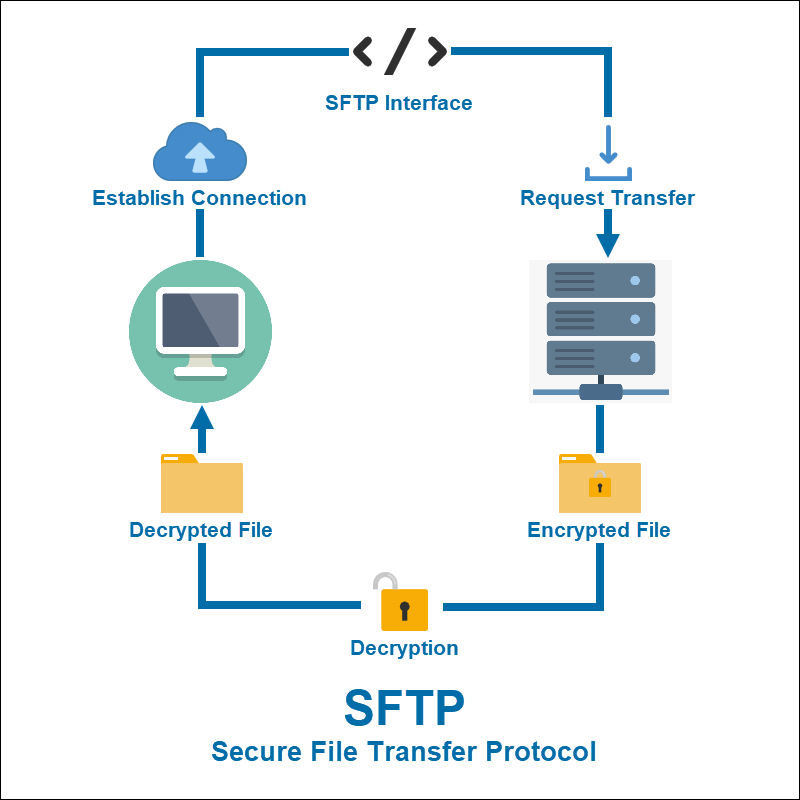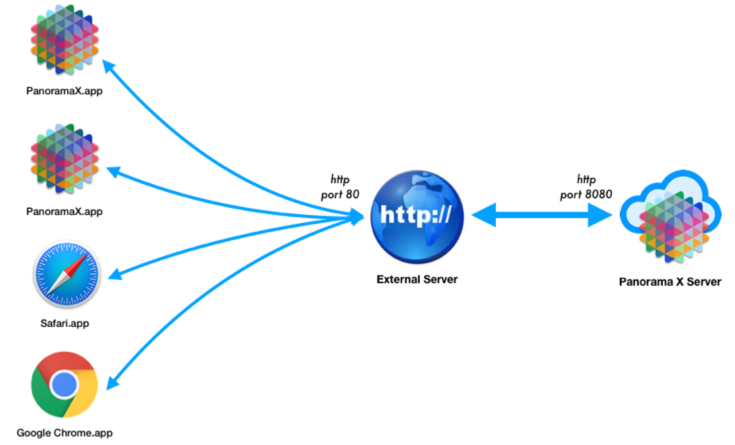
You need to ensure that your customers' privacy is protected if you have a website. This can be done through the use of SSL certificate. There are many benefits to this, including the ability to increase your website's ranking in search engines.
It is important to ensure that all data you send is encrypted. Without it, data can be vulnerable to attacks. SSL certificates encrypt your data so that it is not accessible to anyone except the person who uses the service. For example, if your browser is used to log in, your password will also be encrypted. Your password will be encrypted so that no one can see it.
SSL can also increase security and trust among customers. Your customers will be more inclined to visit your secure pages. SSL can also help you market your products and services. SSL is a good way to attract visitors to your website. This is especially important if you are trying to increase sales.

SSL may also be used to protect accounts by certain businesses, such as insurance specialists or health care providers. The SSL will protect the user's information from identity thieves.
An SSL has the main benefit of protecting the privacy and security of data being transmitted. Data is usually encrypted before it goes to the server. Encryption takes more server resources and is more complex. It is very difficult for hackers to crack into encrypted data streams.
Google is a strong supporter of SSL. In fact, it launched an initiative in 2014 to boost the use of HTTPS. Google will place websites that are secure higher on search engines. Even if you don’t have any sensitive data on your website you still can benefit from the SEO benefits associated with an SSL.
Websites without SSL are marked with a "not Secure" label in many web browsers. Sites without SSL can experience a decrease in traffic. This is a major disadvantage. Google could flag your site as a non-secure website if you aren't SSL secure. Consequently, your search engine rankings and overall revenue can be affected.

It is important to have a SSL Certificate if your website will accept online payments. PCI compliant means your website must adhere to the Payment Card Industry Data Security Standard. Without this, you risk being hacked. Fortunately, this type of certification is easy to get.
There are two types SSL certificates. There are two types of SSL certificates: Extended Validation (EV) and Organization Validated (OV). OV certificates are affordable and offer moderate protection. EV certificates are more costly, but offer the best protection.
FAQ
Can I use a template or framework on my website?
Yes! Pre-built templates and frameworks are often used when building websites. These templates have all the code you need to display your information on your website.
Some of the most well-known templates are:
WordPress – One of the most well-known CMSes
Joomla - Joomla! - another open source CMS
Drupal - Drupal is an enterprise-level software that large organizations can use
Expression Engine - Yahoo's proprietary CMS
There are hundreds of templates available for every platform. It should not be difficult to find the right one.
What is a responsive website design?
Responsive web design (RWD), is a way to create websites that display responsively on all devices, including smartphones, tablets, desktop computers, laptops and tablets. This allows visitors to view the website on one device and access other features like buttons, navigation menus, etc. RWD is designed to ensure that a user can view a site on any size screen.
Consider, for instance, that you're building a website for an eCommerce company and your products are sold primarily online. It is important to ensure that your website can be accessed on any device, including a smartphone.
A responsive site will adapt to the device used to view it. The site will display exactly the same way on a laptop as if it were viewed on a desktop computer. However, if you're viewing the page on your phone, it will display differently.
This allows you to create one website that works on all devices.
What Should I Include in My Portfolio?
All these items should be part of your portfolio.
-
Exemplaires of previous work
-
If possible, links to your site
-
Links to your blog.
-
Links to social media profiles
-
Other designers' online portfolios can be found here.
-
Any awards that you have received.
-
References.
-
Get samples of your works.
-
These links show how to communicate with clients.
-
Here are some links to show that you're eager to learn new technologies.
-
You are flexible, these links will show it.
-
Links that show your personality
-
Videos showing your skills.
Statistics
- Is your web design optimized for mobile? Over 50% of internet users browse websites using a mobile device. (wix.com)
- It's estimated that in 2022, over 2.14 billion people will purchase goods and services online. (wix.com)
- In fact, according to Color Matters, a signature color can boost brand recognition by 80%. There's a lot of psychology behind people's perception of color, so it's important to understand how it's used with your industry. (websitebuilderexpert.com)
- Studies show that 77% of satisfied customers will recommend your business or service to a friend after having a positive experience. (wix.com)
- It enables you to sell your music directly on your website and keep 100% of the profits. (wix.com)
External Links
How To
How do I get started as a UI Designer?
Two methods can be used to become a UI developer:
-
You can get a degree from school in UI Design.
-
You can also start your own business.
For you to be able to finish school, you must attend college or university. This includes psychology, computer science, marketing, art, and business.
You can also take classes at community colleges or state universities. Some schools offer tuition-free programs while others charge tuition.
After graduating, you'll need to find employment. If you choose to work for yourself, you must build your client base. Networking with other professionals is important so that they know you are there.
There are many opportunities to intern for companies that specialize on developing web applications. Many companies hire interns to gain experience before hiring full-time employees.
A portfolio will help you get more work once you have established it. Your portfolio should include work samples as well as details of the projects that you have worked on.
It is a good idea for potential employers to receive your portfolio via email.
You will need to market your services as a freelancer. You can also advertise your services via job boards like Guru, Indeed, Guru, Upwork, and Freelance.
Freelancers receive assignments often from recruiters who post open positions online. These recruiters seek qualified candidates to fill open positions within certain industries.
These recruiters typically provide the candidate with a project brief outlining the position's requirements.
A freelancer is not required to sign a long-term contract. However, if you plan to move forward, it is best to negotiate an upfront payment.
Designers prefer working directly with clients over working through agencies. Although this may sound great, many lack the necessary skills.
Agency workers are often well-versed in the industry they work in. They have access the right training and resources to ensure they produce high-quality results.
Aside from these benefits, agency workers are often paid a higher hourly pay.
However, the disadvantage of working with an agency is not having direct contact with your employer.
Being a successful UI designer requires you to be self-motivated, creative.
It is also important to have great verbal and written communication skills.
UI designers design websites by designing user interfaces (UI), and visual elements.
They are also responsible for ensuring that the site meets the needs of its users.
This requires understanding what information visitors want and how the website should function.
Wireframes are created by UI designers using a variety of tools. Wireframing helps them visualize the layout of a page before beginning their designs.
There are many wireframe templates available online. Anyone can create their own wireframes.
Some designers specialize in UI design alone, while others combine UI with graphic design.
Photoshop is a tool used by graphic artists to edit images.
Adobe InDesign is used to create layouts and pages.
Photographers capture images using digital cameras or DSLRs.
The photos are then uploaded to a photo editing software where text captions, filters and other effects can be added.
The photographer saves the image to a file compatible with the website.
It is important to take into consideration all aspects of the design process when building a website.
This includes research planning, wireframing and prototyping, as well as testing, coding, content generation, and publishing.
Research - It's essential to conduct thorough research before starting a new project.
Planning - Once you've completed your research, you'll want to begin developing a plan.
Wireframing: A wireframe is a sketch of a website or application.
Prototyping: Prototypes can help to ensure that the final product meets the initial vision.
Testing - The prototype should undergo multiple rounds of testing to ensure it works properly.
Coding - Coding refers to the process of writing computer code.
Content Creation - This includes everything from managing social media accounts to writing copy.
Publishing entails uploading files to a server and ensuring the site is accessible.
You'll need to be able to understand the different projects you work on as a freelance UX/UI Designer.
For example, some companies only require wire frames, whereas others require full prototypes.
Depending on the type of project you accept, you may be asked to complete specific tasks.
You might, for example, be asked to create multiple wireframes if you're being hired to do wireframe design.
If you're required to build a complete prototype of a website, you may also be required to design a fully functional version.
Regardless of the type of project, it's important to have strong interpersonal skills.
Since most clients hire freelancers based on referrals, you must build solid relationships with potential employers.
You must also be able communicate clearly both verbally as well as in writing.
A portfolio is an important tool in any freelancer's arsenal.
It displays your work and shows your ability to produce high-quality results.
You can take care of this by creating a professional portfolio online.
The best way to get started is to find websites similar to yours.
Then, search these sites to see how each one presents its services.
Once you have determined the best practices for you, you can begin to adopt them.
It's also beneficial to include links within your resume to your portfolio.